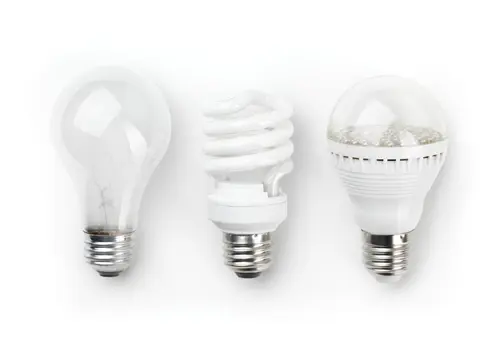Researchers at the University of California Santa Barbara Center for Energy Efficient Materials have discovered how to make LED light bulbs even more efficient. James Speck and Claude Weisbuch published their findings recently in the journal Physical Review Letters.
LEDs are an increasingly popular lighting solution, with longer lifespans than traditional bulbs. They also cast better illumination overall. However, sending a higher electrical current through LEDs could limit the amount of light emitted by the bulb. This is called "droop," and the UCSB researchers determined why it happens.
They said "Auger recombination" is the mechanism that causes LEDs to emit a certain amount of light at high drive currents. This process involves excess energy being used to repair electron holes caused when electrons collide with an atom, instead of being used to emit light.
This determination could be used to fix droop, making LEDs even more valuable.
"Rising to this potential has been contingent upon solving the puzzle of LED efficiency droop," said Speck, professor of Materials and the Seoul Optodevice Chair in Solid State Lighting at UCSB. "These findings will enable us to design LEDs that minimize the non-radiative recombination and produce higher light output."





